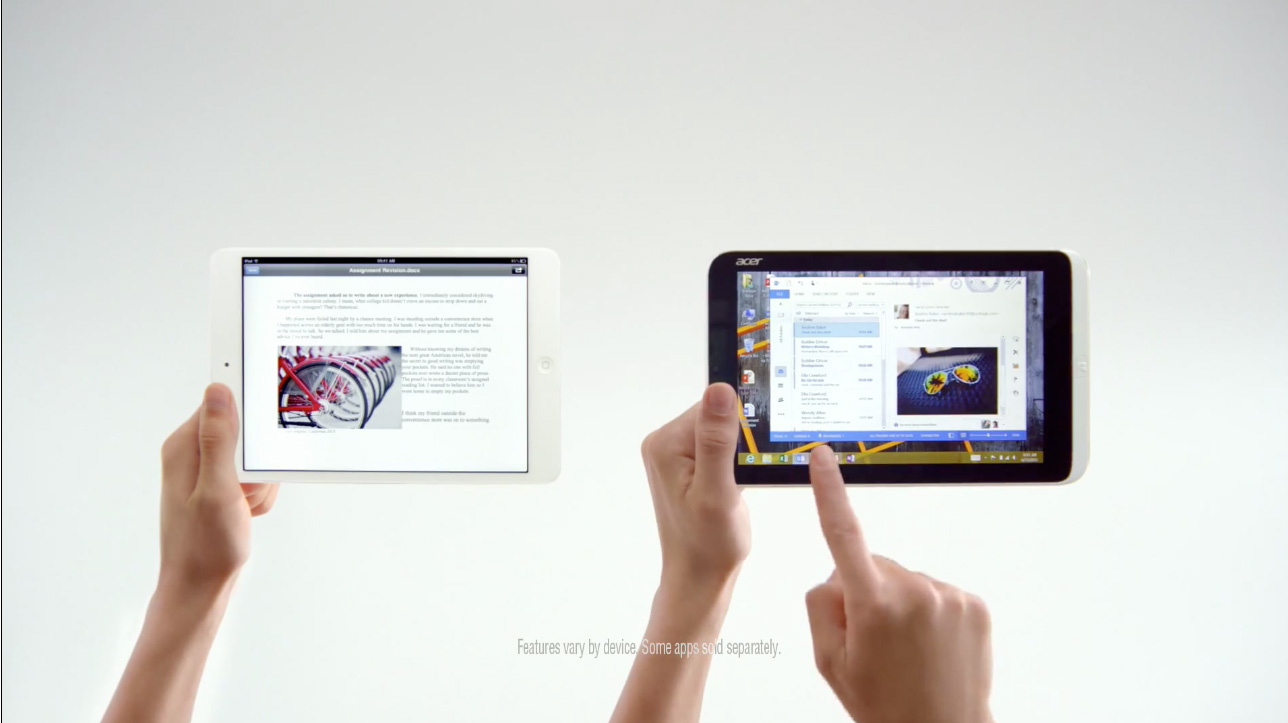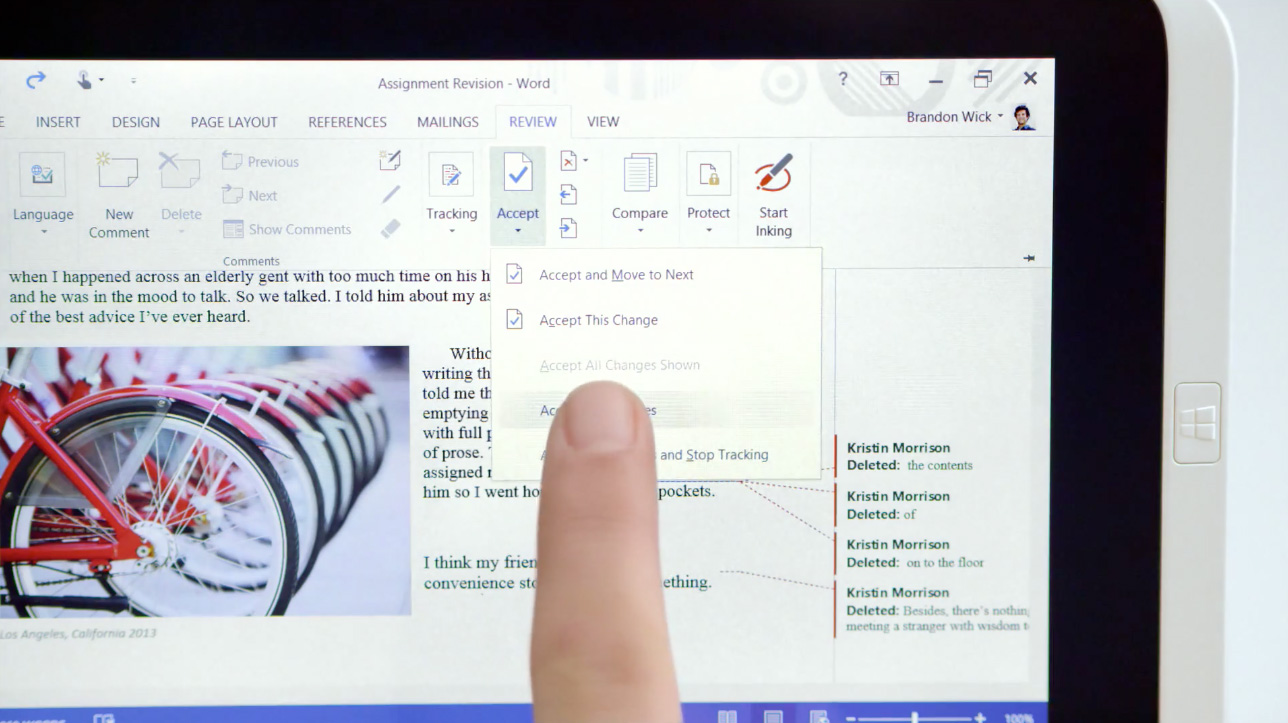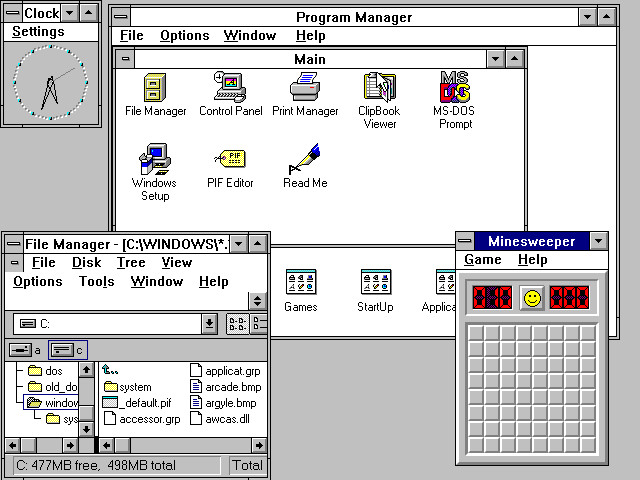On September 4th, Samsung announced their smartwatch, Gear (It looks and sounds weird without “the Samsung” in front of it, right?).
What’s ironic about Samsung’s efforts to beat Apple to market with their own smartwatch is that in cobbling together a half-baked product with no clear purpose and problem to solve, they’ve set up Apple to look even better when Apple announces whatever it is they’re cooking up with the M7 chip.
Samsung is much more successful when they follow Apple’s lead, as they’ve done up until now.
Just check out these reviews below. Pretty harsh.
Gizmodo:
Ultimately, though, this feels like a beta product. Apps feel unfinished, gestures are finicky, and very little about the whole experience is fluid or easy. It often takes a lot of scrolling around to finally find the app you want, and even then it’s easy to accidentally back out of it because it mistook your tap for a swipe. It seems like Samsung just wanted to put some feelers out there and try to get some feedback from consumers, while charging them $300 for the honor.
The Verge:
A smartwatch the Galaxy Gear is not. Frankly, I’m not sure exactly what it’s supposed to be. Samsung describes it as a companion device, and the Gear is indeed chronically dependent on an umbilical link to another Samsung device, but it never left me feeling like it was a helpful companion. The notifications are Orwellian, the media controls are exiguous, and the app selection has no substance to underpin the hype. Samsung’s attempt to turn the Gear into a style icon is also unlikely to succeed, owing to the company’s indecision about its target demographic. Trying to please all tastes has resulted in a predictably charmless and soulless product.
BGR:
Wearables may or may not be the future of computing, but the Galaxy Gear makes envisioning that future very difficult.
Samsung is pitching the Gear as a smartphone companion device that is designed to make your life easier. It does not. In some cases the Gear adds conveniences to the mobile experience but they are minor at best and they come at too great a price: Another device to charge each day, an awful experience where voice controls are concerned, and a constant uncomfortable feeling shared by the user and those around him or her.
Engadget:
The Gear isn’t bad for a first-generation Samsung product, and it’ll get better as the ecosystem grows. Of course, that’s if the watch catches on and developers decide it’s worth their time to produce a special app for it. Of any Android manufacturer, Samsung stands the best chance of gaining support. If it doesn’t succeed, however, the $300 retail price will be even harder to swallow than it currently is, and no assortment of hot colors will change the fact that it’s little more than a glorified time-telling device.


